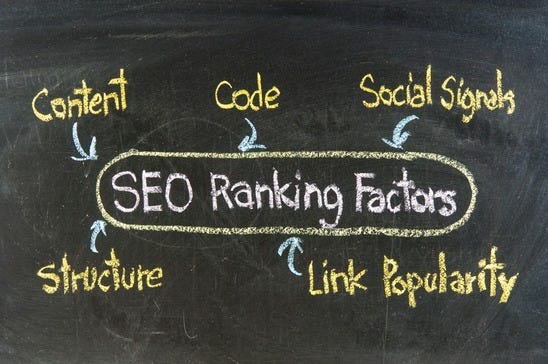Writing More Blogs But Still Not Seeing an Increase in Rankings or Traffic? Here’s Why!

“I’m always writing blog after blog for my website and I’m still not seeing an increase in my SEO,” is something I have heard my clients complain about time and time again. Most of my clients who have complained about this have often went from producing content once or twice every couple of months to suddenly blogging every day because they have been falsely led to believe that quantity is better than quality as it relates to SEO.
While blogging more frequently is imperative especially when trying to build an audience, it is not always the winning recipe for increased SEO rankings. In fact, writing too much content at one time could ultimately become overwhelming to your audience. So if you’re finding yourself still struggling with increasing your SEO rankings despite ramping up your content here are a 5 reasons why:
There Are Not Enough Internal Links to Your Blog Posts
If you’re creating blog content but not linking your blogs throughout your website, you’re missing out on big opportunities. Having an internal linking structure is one of the most powerful ways you can help search engines index your content.
The Title of Your Blog Isn’t in The H1 Tag
H1, H2, and H3 are key components when defining the page structure of your blog. H stands for header and is essentially the same headers your learned to love and hate as a grade school student.
The purpose of these headers is to break up blog content and provide not only hierarchy but also an ideal user experience for your reader. Including your blog title in your H1 tag is a critical component to on-page optimization.
Your Blog Homepage Shows All Your Blogs on One Single Page
This one poor SEO tactic could be negatively be impacting your website’s SEO and the user experience.
The actual content of your blog needs to be hosted in one spot, not multiple. The url for your blog should read something like this:
If you don’t implore this tactic, your website could risk duplicate content issues that could confuse your target audience.
Your Blogs’ URLs Doesn’t Utilize SEO Best Practice
There’s so much you should consider when attempting to structure your URL for SEO. These 3 structural elements include:
- length
- keywords
- readability
Length: The shorter your URLs, the better. If your blogs have over 100+ characters in the url consider rewriting them simply for SEO purposes.
Keywords: The keywords that your blog is targeting should be in your URL in some way. For example, if your blog is about automobile liability you should consider placing automobile liability inside the url.
Readability: If you can’t easily read your URL out loud there’s a good chance that search engines won’t understand it either. Those long string URLS that include numbers and tons of hyphens and symbols could be costing your rankings in search engines.
Want to learn more about how to increase your SEO through written content? Schedule your 15 minute consultant with me today here: http://doodle.com/stephaniecaudle
